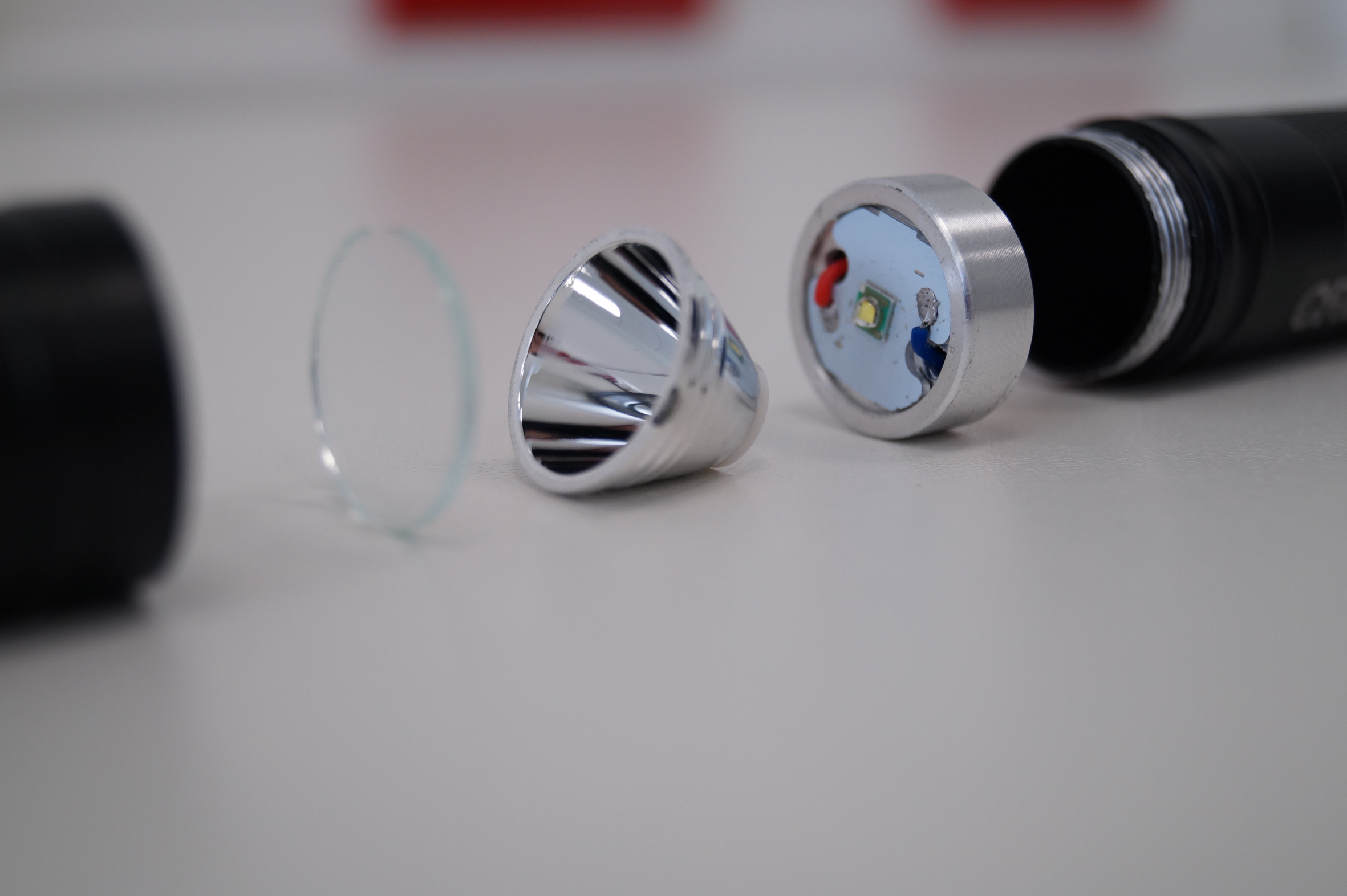Individual LED lamp for visually handicapped people
Using an LED lamp whose color range is modified to suit the needs of people suffering from age-related macular degeneration (AMD) or retinopathy pigmentosa (RP) can enhance the affected individual’s quality of life. In the »MakULA – Make Your Light Adapted« project, the Fraunhofer Application Center for Inorganic Phosphors in Soest and the department of Electrical Engineering of the South Westphalian University of Applied Sciences are finding a way to make this possible.

People suffering from age-related macular degeneration (AMD) and retinopathy pigmentosa (RP), a genetic condition that often leads to blindness in the third to fifth decade of life, must deal with sub-optimal lighting in many everyday situations. The eye also becomes less able to tolerate these ambient conditions as the illness progresses. This situation can be counteracted by lighting conditions customized to meet these individuals’ needs. If light intensity can be modified, as well as the resulting contrast and the often disturbing blue content in the light spectrum, then the best possible vision can be achieved for each patient: visual performance improves, and visual perception requires less effort.
To modify light, it is possible to employ so-called edge filters or blue blockers. However, until now it has only been feasible to modify the spectrum of illuminants – particularly fluorescent lights – to a limited extent. »LED illuminants now offer exactly this opportunity. With them, we can intentionally define the emitted light spectrum«, says Prof. Stefan Schweizer, professor in the department of Electrical Engineering of the South Westphalian University of Applied Sciences and head of the Fraunhofer Application Center for Inorganic Phosphors in Soest. He coordinates the collaborative effort in the »MakULA – Make Your Light Adapted« project, which will end in mid 2021. The LWL vocational training center Soest, a support center for blind and visually impaired people, services as a project partner. The project is also supported by a 10.000 Euro grant from the Waldtraut and Sieglinde Hildebrandt foundation.
In a first step, the researchers will design an LED lamp with a customized color range. For this purpose, they will combine a commercially available LED lamp with optical filters. This allows the emitted spectrum to be modified by selecting and installing a suitable filter to generate an ultimate effect of white light. A second variant will allow the emitted spectrum of an LED lamp to be modified electronically. The technical changes to be made here are clearly more challenging than the insertion of a color filter, but also provide higher optimization potential.
The LWL vocational training center Soest will assess the lamp’s applicability. »Using a prototype, we will investigate how various light frequency characteristics affect visual acuity, contrast sensitivity and the visual stress level of affected individuals«, explains Christof Marquet, head of the LWL vocational training center Soest. Using a standardized test setup based on eye charts, measurements are performed at various defined levels of lighting, and a reading test is executed. Depending on the level of impairment or progression of illness, an individual lighting environment is intended to support orientation and reduce strain for affected individuals.